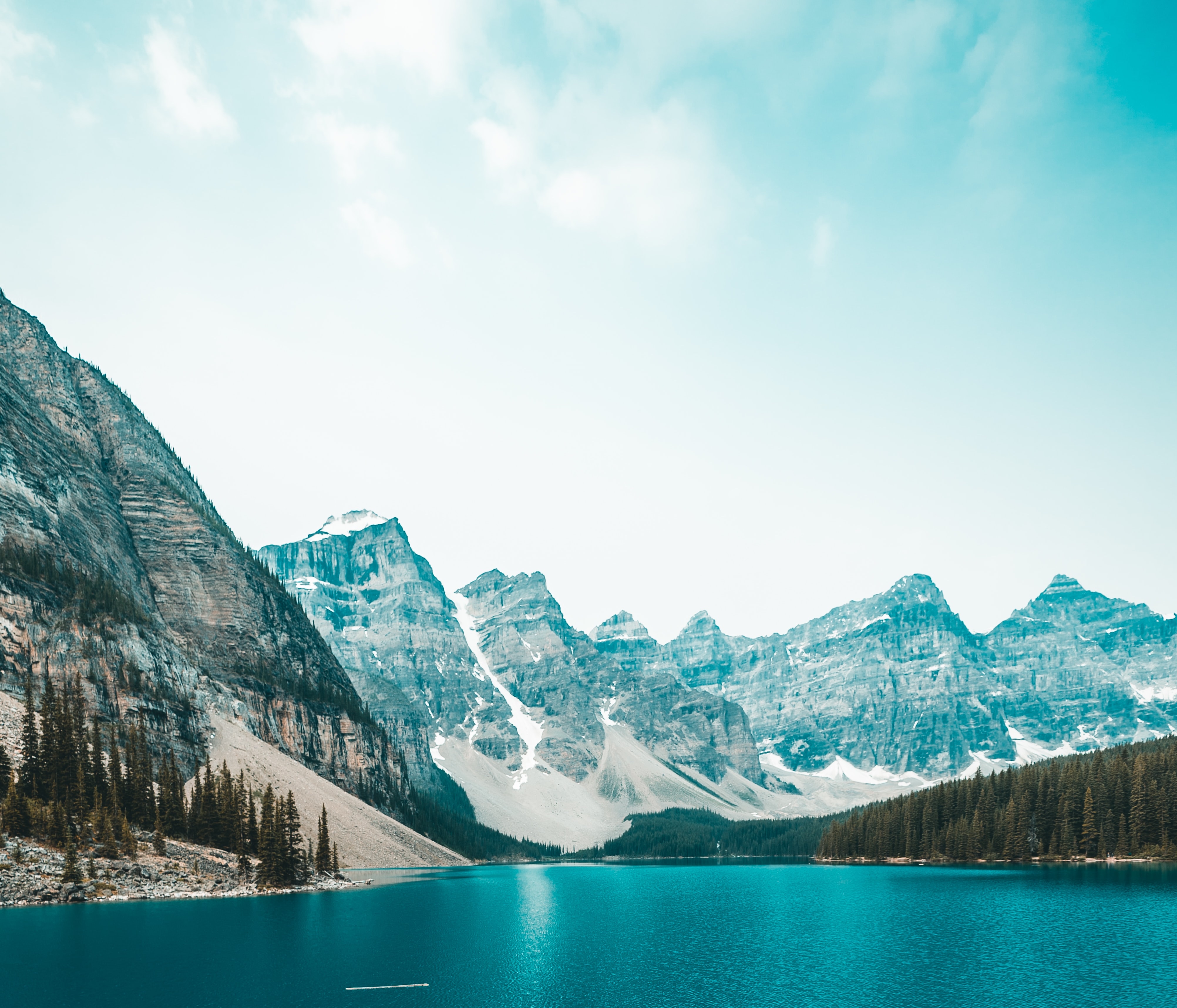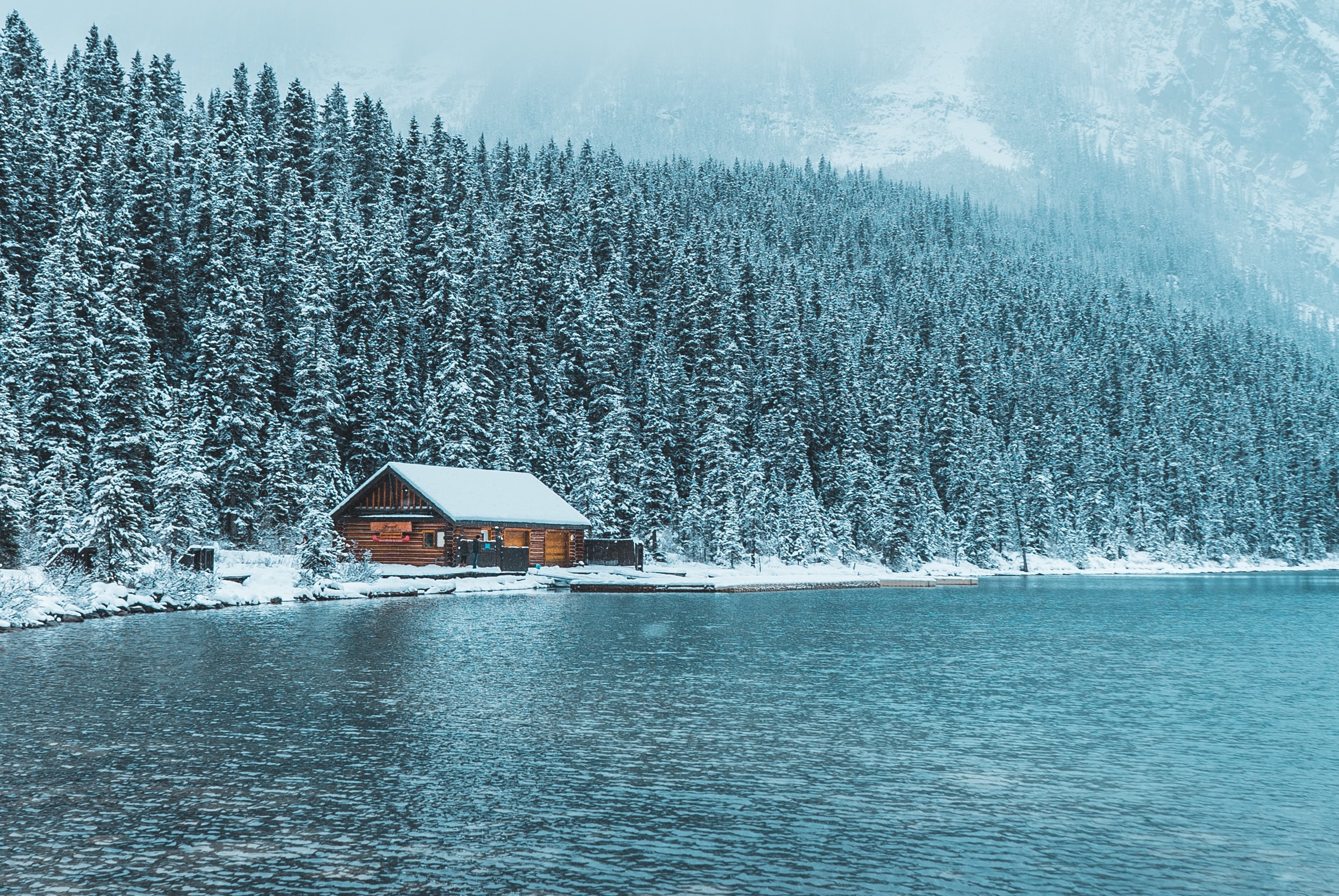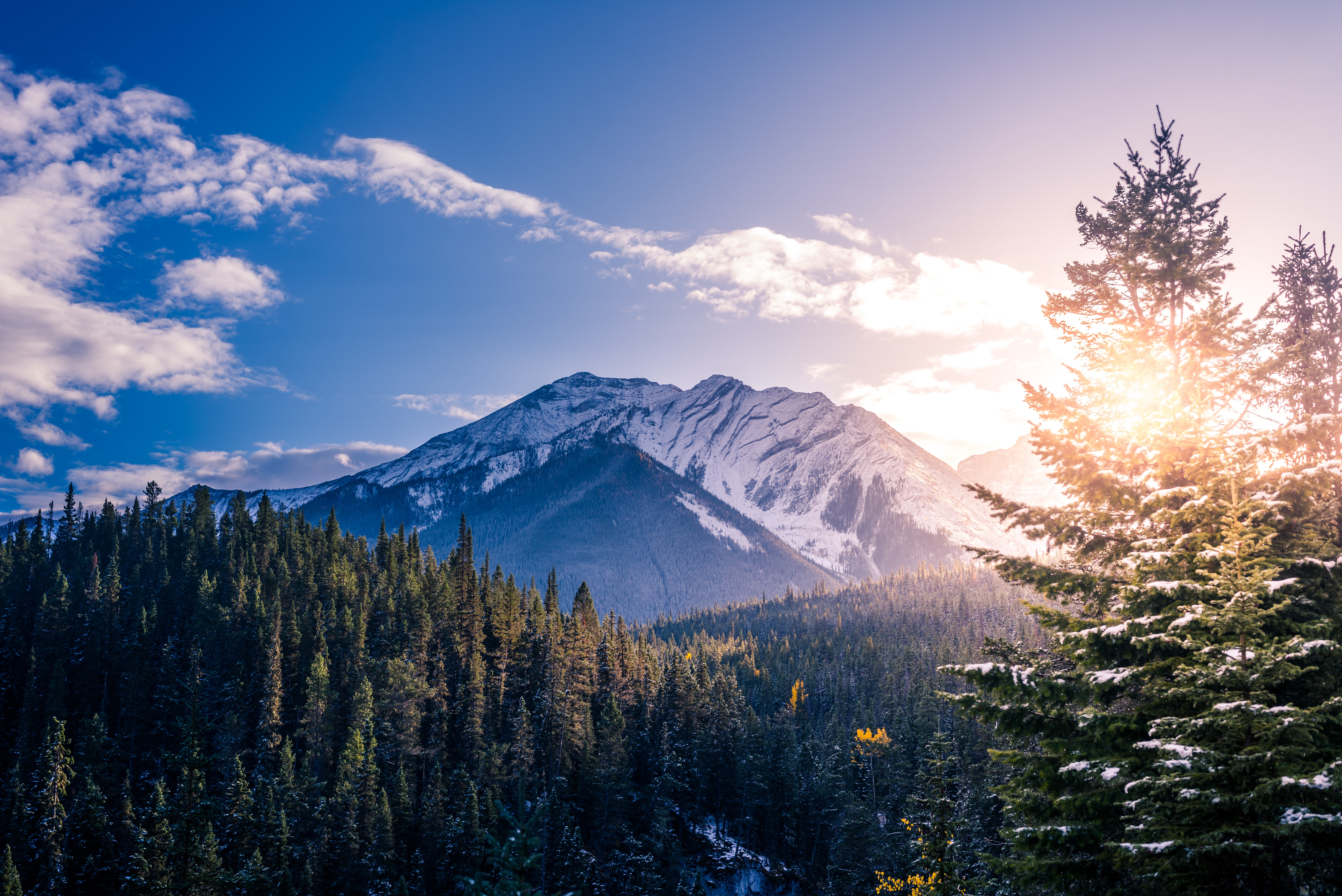
16th Century and 17th Century
The first Europeans to reach Canada were the Vikings. In 986 a Viking called Bjarni Herjolfsson was blown off course by a storm and he spotted a new land. In 1001 a man named Leif Eriksson landed in the new land, which he named Vinland (it was part of Canada). Later the Vikings did establish a colony in North America but they abandoned it because of conflict with the natives.
In 1603 a Frenchman named Samuel de Champlain (1567-1635) sailed up the St Lawrence River. In 1604 he founded Port Royal in Acadia (Nova Scotia), and in 1608 he founded Quebec. The French settlers traded with the natives for furs and farmed the land. Unfortunately, they also brought European diseases like smallpox, to which the natives had no resistance. By 1685 the population of New France was about 10,000; by 1740 it was 48,000.

